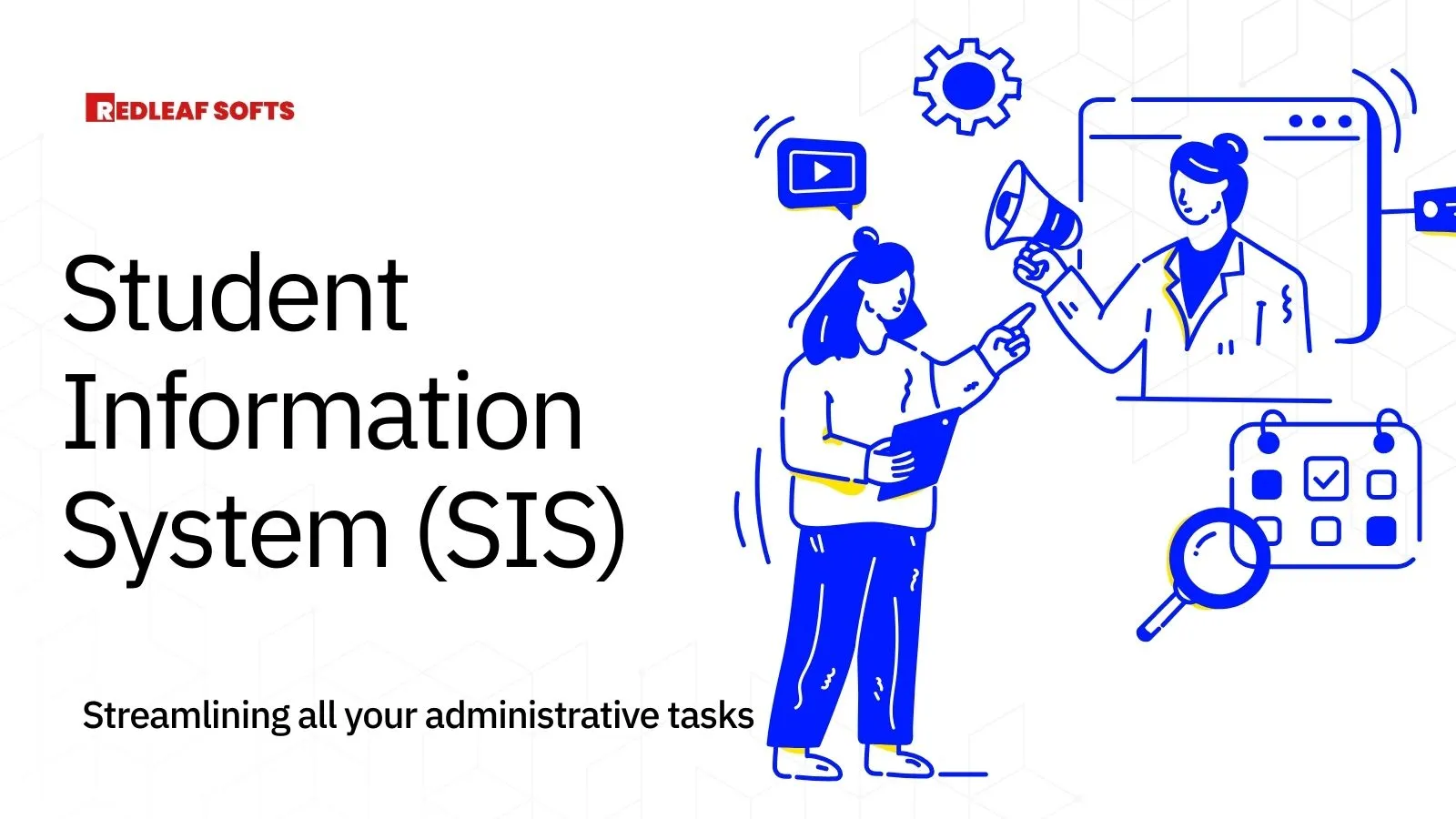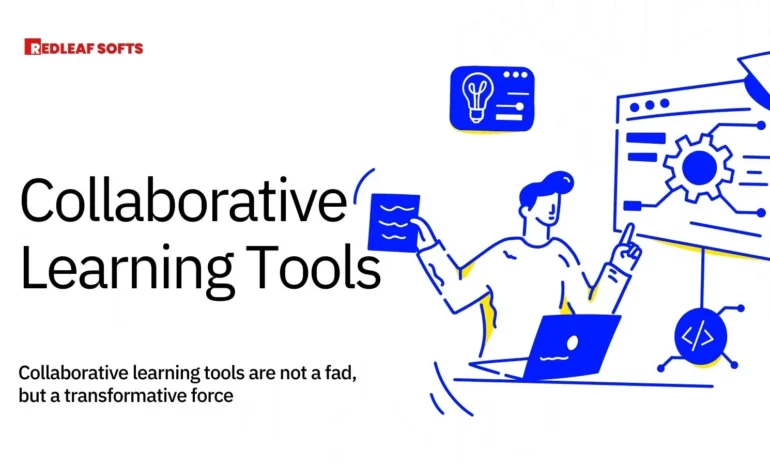Juggling administrative tasks while ensuring a quality educational experience can feel like a constant tightrope walk for educational institutions. From admissions and enrollment to grades and transcripts, the sheer volume of data and processes can overwhelm even the most dedicated staff. Enter the Student Information System (SIS), a game-changer designed to streamline administrative tasks and make institutions to prioritize what matters most: student success.
Why SIS? 🤔 The answer lies in the numbers
- Globally, the student information system market is expected to reach a staggering $22.6 billion by 2028. (Source: Grand View Research)
In India, the SIS market is projected to grow at a CAGR of 19.4% from 2022 to 2027. (Source: Mordor Intelligence)
Educational institutions using SIS report a 30% reduction in administrative workload. (Source: The Association for Institutional Research)
NASSCOM report: A January 2024 report by NASSCOM predicts the Indian SIS market to reach USD 2.8 billion by 2025, driven by government initiatives and rising demand for cloud-based solutions. (Source: The Economic Times)
Added to that, Government Initiatives:
Digital India push: The government’s ambitious “Digital India” program heavily promotes technology adoption in education, fostering demand for efficient data management solutions like SIS. Initiatives like PM Kisan and NEP 2020 further create fertile ground for SIS implementation.
Smart School Mission: This mission aims to integrate technology into school infrastructure, including robust digital management systems, creating opportunities for SIS vendors.
These statistics paint a clear picture: SIS adoption is not just a trend, it’s a necessity for educational institutions seeking efficiency and growth.
What exactly is an SIS?
Imagine a centralized hub containing all your student data, from demographics and academic records to financial aid and attendance. That’s the core essence of an SIS. It’s a software solution that automates workflows, integrates data, and provides real-time insights, empowering institutions to:
Manage admissions and enrollment: Simplify the application process, track student progress, and automate offer generation.
Schedule courses and manage classrooms: Allocate resources efficiently, optimize class sizes, and ensure smooth scheduling for students and faculty.
Track student progress and performance: Monitor grades, attendance, and academic achievement, enabling proactive intervention and support.
Handle financial aid and billing: Streamline financial aid management, automate fee collection, and offer convenient payment options.
Generate reports and analyze data: Gain valuable insights into student demographics, academic performance, and institutional trends, informing data-driven decision-making.
Communicate effectively: Send personalized messages, announcements, and reminders to students, faculty, and staff.
How does an SIS work its magic?
The magic lies in automation, integration, and accessibility:
Automation: Repetitive tasks like data entry, grade calculation, and report generation are automated, freeing up staff time for more strategic initiatives.
Integration: The SIS integrates seamlessly with other educational technologies like learning management systems (LMS), library databases, and financial software, eliminating data silos and ensuring consistent information across platforms.
Accessibility: Students, faculty, and staff can access relevant information and functionalities anytime, anywhere, through a user-friendly interface.
The advantages of adapting an SIS are numerous
Enhanced efficiency: Reduced administrative burden translates to more time and resources dedicated to student support and academic excellence.
Improved accuracy: Automated processes and centralized data storage minimize errors and ensure data consistency.
Increased transparency: Students and parents have real-time access to grades, attendance, and academic progress, fostering communication and engagement.
Data-driven decision-making: Comprehensive reporting and analytics empower institutions to identify trends, make informed decisions, and optimize their operations.
Personalized learning: SIS data can be used to personalize learning experiences and provide targeted support to students based on their needs.
Conclusion
The Indian education sector is witnessing a surge in SIS adoption, driven by government initiatives and the growing need for efficient management. However, challenges like budget constraints, infrastructure limitations, and data security concerns persist. To overcome these hurdles, institutions must carefully assess their needs, select the right SIS provider, and prioritize data security and privacy.
In conclusion, Student Information Systems are not just software solutions, they are strategic investments in the future of education. By streamlining administrative tasks, improving data management, and empowering informed decision-making, SIS paves the way for a more efficient, transparent, and student-centric learning environment. As educational institutions across the globe embrace this technology, we can expect to see a brighter future for education, where technology serves as a powerful tool to unlock student potential and achieve academic excellence.


